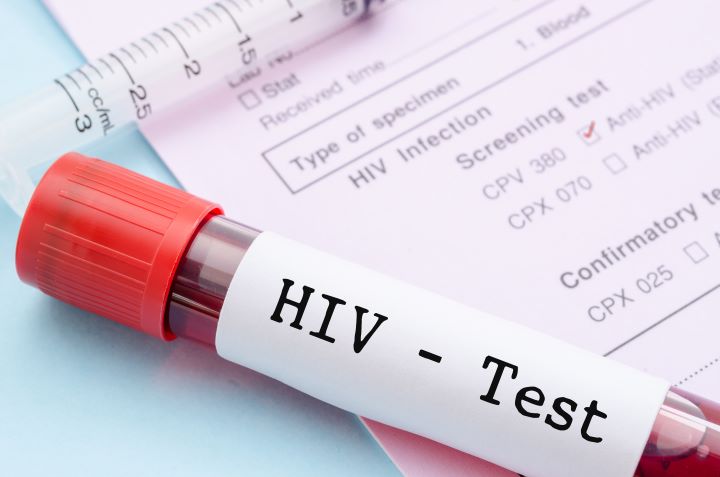What to Know About Peripheral Artery Disease
Peripheral artery disease may occur when blood flow to the limbs is reduced due to narrowed arteries. Recognizing its effects and discussing care options with healthcare professionals can help individuals better manage circulation and mobility health.

Peripheral artery disease (PAD) represents a significant cardiovascular condition that develops when arteries supplying blood to the legs, arms, and other organs become narrowed or blocked. This narrowing typically results from atherosclerosis, where fatty deposits and plaque accumulate on artery walls, restricting blood flow to vital tissues and organs.
The condition affects approximately 8.5 million people in the United States, with risk increasing significantly after age 65. PAD often serves as an indicator of widespread atherosclerosis throughout the body, potentially affecting coronary and cerebral arteries as well.
PAD Symptoms and Diagnosis Overview
Recognizing PAD symptoms proves crucial for early intervention and treatment success. The most common symptom involves intermittent claudication, characterized by muscle pain, cramping, or fatigue in the legs during physical activity that subsides with rest. This pain typically occurs in the calves, thighs, or buttocks.
Other symptoms include coldness in the lower leg or foot, leg numbness or weakness, slow-healing sores on feet or legs, and changes in leg color or shiny skin texture. Some individuals experience erectile dysfunction, particularly when PAD affects arteries supplying the pelvis.
Diagnosis begins with a comprehensive medical history and physical examination. Healthcare providers often perform the ankle-brachial index (ABI), comparing blood pressure measurements between arms and ankles. Additional diagnostic tools include Doppler ultrasound, angiography, and magnetic resonance angiography to visualize blood flow and identify blockage locations.
Peripheral Artery Disease Treatment and Care Options
Treatment approaches for PAD focus on symptom management, improving quality of life, and preventing cardiovascular complications. Lifestyle modifications form the foundation of PAD management, including smoking cessation, regular exercise programs, and dietary changes to reduce cholesterol and blood pressure.
Medications play a vital role in PAD treatment. Antiplatelet agents like aspirin or clopidogrel help prevent blood clots, while statins manage cholesterol levels. Blood pressure medications, including ACE inhibitors, protect cardiovascular health. Cilostazol may improve walking distance and reduce claudication symptoms.
For severe cases, medical procedures become necessary. Angioplasty involves inserting a balloon catheter to widen narrowed arteries, often combined with stent placement to maintain vessel openness. Bypass surgery creates alternate pathways around blocked arteries using grafts from other body vessels or synthetic materials.
Managing PAD and Circulation Issues in the Legs
Effective PAD management requires a comprehensive approach addressing circulation problems and preventing disease progression. Supervised exercise therapy represents one of the most beneficial treatments, with structured walking programs significantly improving walking distance and reducing symptoms.
Proper foot care becomes essential for individuals with PAD, as reduced circulation increases infection and wound healing risks. Daily foot inspections, proper nail trimming, and wearing appropriate footwear help prevent complications. Maintaining optimal blood sugar levels proves particularly important for diabetic patients with PAD.
Wound care requires special attention in PAD patients. Minor cuts or injuries may heal slowly due to reduced blood flow, potentially leading to serious infections. Professional medical attention should be sought for any persistent wounds or signs of infection.
| Treatment Option | Provider Type | Estimated Cost Range |
|---|---|---|
| Initial Consultation | Vascular Specialist | $300 - $500 |
| Ankle-Brachial Index Test | Diagnostic Center | $150 - $300 |
| Angioplasty with Stent | Hospital/Surgery Center | $15,000 - $25,000 |
| Bypass Surgery | Hospital | $30,000 - $60,000 |
| Supervised Exercise Program | Rehabilitation Center | $2,000 - $4,000 |
Prices, rates, or cost estimates mentioned in this article are based on the latest available information but may change over time. Independent research is advised before making financial decisions.
Prevention and Long-term Outlook
Preventing PAD involves addressing modifiable risk factors through lifestyle changes and medical management. Regular physical activity, maintaining healthy weight, controlling diabetes and blood pressure, and avoiding tobacco use significantly reduce PAD development risk.
The long-term outlook for PAD patients varies depending on disease severity, treatment compliance, and overall health status. With appropriate management, many individuals experience symptom improvement and maintain active lifestyles. However, PAD patients face increased risks for heart attack and stroke, emphasizing the importance of comprehensive cardiovascular care.
Regular follow-up appointments allow healthcare providers to monitor disease progression and adjust treatment plans accordingly. Early detection and intervention remain key factors in achieving optimal outcomes and preventing serious complications associated with peripheral artery disease.
This article is for informational purposes only and should not be considered medical advice. Please consult a qualified healthcare professional for personalized guidance and treatment.




